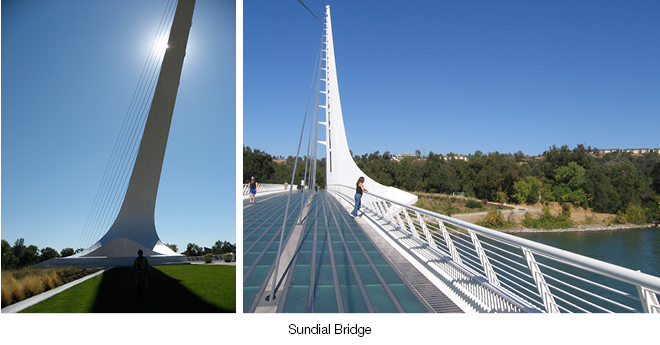Astronomy and Architecture

Everyday, when we step out into the sun, our bodies eclipse a part of the earth, cast a shadow, and momentarily mark our presence – reminding us our very existence affects space, light, and time! But, for those of us who seek the sublime, there was a solar eclipse last week, darkening a long, arching swath across the continental U.S. Two WHA sun-seekers set out to witness the astronomical event; Mana Sadeghi to Jackson Hole, WY and Will Hosband to Salem, OR.
Fossi: From where did you watch the eclipse?
Mana: We left our campsite in Yellowstone at about 3AM and parked along a stretch of road outside Jackson in line with hundreds of others and observed with the aid of a telescope while the Grand Teton mountains stood as a backdrop.
Fossi: Wow. What about you, Will?
Will: We watched from a vineyard in Willamette Valley with 1,400 others. It was awesome, in the true definition of the word.
Fossi: Describe the moment of totality and the scene around you.
Mana: It was unlike anything I have ever experienced. Everyone along the road was shouting and cheering. It was dark high in the sky and we could see stars, but then it brightened to clouds the colors of sunrise in every direction along the horizon. And it got cold, just for those few minutes, it made me shiver.
Will: Incredibly moving. I noticed several people wiping away tears. The color was unexpected, not orange or even white; it was like a molten silver ring around what appeared to be a hole in the sky. It’s a fortunate coincidence that the sun is 400 times wider and 400 times farther away than the moon to allow them to appear exactly the same size in the sky.
Fossi: Yes, quite the fortunate coincidence!
Though they may be eclipsed by firsthand accounts of this celestial rarity, people of vastly different cultures have demonstrated their fascination with the sun and stars through architecture.
Stonehenge (Wiltshire, England): where stone monoliths align with the sun on the summer solstice and also track lunar movements.
Pyramids of Giza (Giza, Egypt): these draw debate about their correlation to Orion’s Belt.

The Pantheon (Rome, Italy): a giant open-air oculus tracks the sun’s movement and casts beautiful shadows along its marble walls and coffered concrete ceiling.

El Castillo of Chichen Itza (Yucatan Peninsula, Mexico): the Mayan city boasts a ziggurat, a temple to the feathered serpent deity Kukulcan, whose serpent head rests on the ground of the western stairs and watches the sunset in late may, marking the transition from the dry to wet season. Furthermore, the pyramid edge casts a shadow on the balustrade during the equinoxes that give the appearance of a serpent of light descending the stairs.

Modern examples include:
The Chapel of St. Ignatius by Steven Holl (Seattle, WA): casts natural light into the building through different colored windows, dependent upon the time of day.

The new World Trade Center complex (New York City, NY): incorporates the sun via a “wedge of light” as wide as the sun’s path of travel between the time of the attacks on each tower within the existing urban context.
Sundial Bridge by Santiago Calatrava (Redding, CA): offers a stunning and self-explanatory solar experience.
Roden Crater by artist James Turrell (Coconino County, AZ): explores many facets of light and color and how the sun affects space.
The next solar eclipse to cross North America will be April 8, 2024. Meanwhile, we will keep our heads looking to the sky, designing in response to the sun, for light, energy, and culturally significant designs.





Leave a Reply